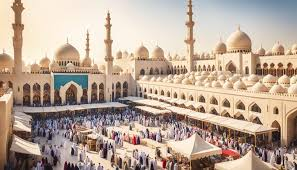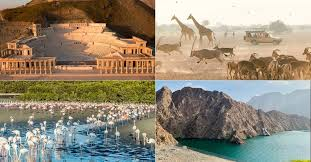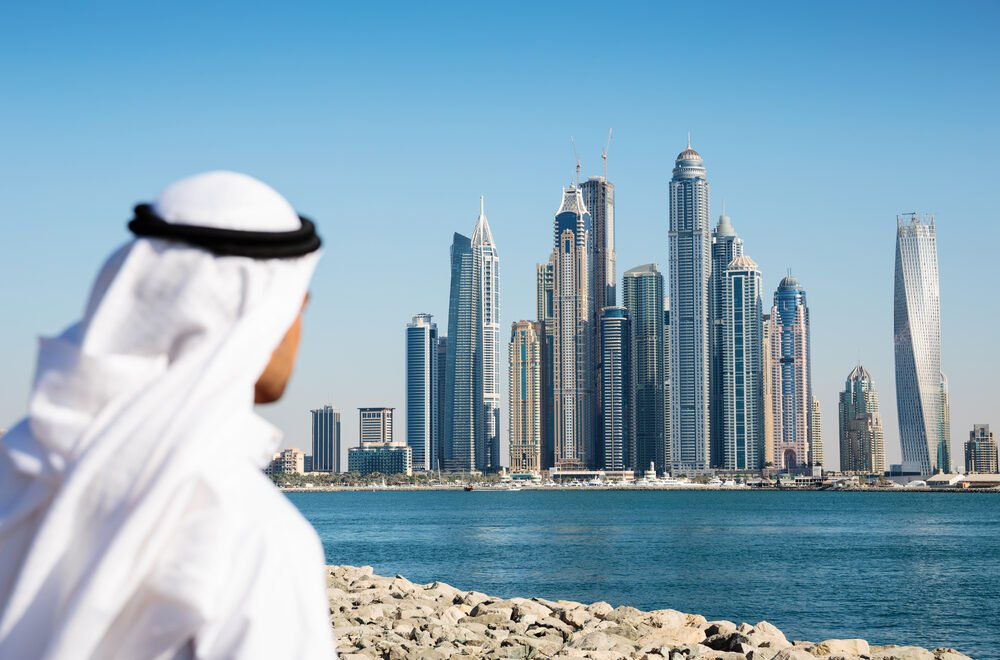Now Reading: Ancient UAE Traditions You Won’t Believe Still Exist Today!
-
01
Ancient UAE Traditions You Won’t Believe Still Exist Today!
Ancient UAE Traditions You Won’t Believe Still Exist Today!

Table of Contents
The United Arab Emirates (UAE) is globally famous for its futuristic cities, luxury lifestyle, and oil wealth. But behind the glittering skyscrapers and modern marvels lies a rich and timeless culture built over thousands of years. The traditions of ancient UAE reflect a life of survival, honor, family, and respect for nature. These customs are not only part of history but also shape the modern identity of the Emirati people.
In this article, we explore some of the most fascinating ancient UAE traditions that are still remembered, practiced, and cherished today.
1. The Art of Falconry: A Symbol of Pride and Skill

One of the oldest and most respected traditions in the UAE is falconry, the art of hunting with trained falcons. This tradition goes back over 2,000 years when Bedouins (desert tribes) used falcons to hunt small animals and birds in the harsh desert environment.
Falconry was not only a sport but also a way to survive in the barren land where food was scarce. Even today, falcons are treated with great respect in the UAE. Some families spend thousands of dirhams (UAE currency) on raising and training these birds. There are even falcon hospitals in the country!
UNESCO has recognized falconry as a part of the “Intangible Cultural Heritage of Humanity.” In the modern UAE, falconry competitions are held regularly, attracting participants and visitors from across the world.
2. The Majlis: Where Wisdom and Stories Were Shared

Another ancient tradition that continues to thrive is the Majlis, which means “sitting place” in Arabic. In the past, men of the tribe gathered in the Majlis to discuss important matters, share news, solve problems, and tell stories of ancestors and bravery.
The Majlis is a symbol of Emirati hospitality. Guests are warmly welcomed, offered Arabic coffee (Gahwa), and treated with dates. The way coffee is served – always with the right hand and in small cups – is part of the tradition. Refusing coffee was once considered rude.
Even today, the Majlis plays a key role in both private homes and government affairs. It is a place where leaders listen to the people and maintain close connections with the community.
3. Henna Art: A Beautiful Expression of Joy
Henna has been used by Emirati women for centuries as a form of beauty and celebration. During weddings, Eid festivals, and special occasions, intricate henna designs are applied on the hands and feet.
Henna is made from the dried leaves of the henna plant. The paste is applied in delicate patterns, and after drying, it leaves a reddish-brown stain on the skin. This tradition is not only about beauty but also about blessing, happiness, and good fortune.
Many modern Emirati women still enjoy this art form, blending old designs with new styles.
4. Traditional Clothing: A Reflection of Culture and Modesty
The harsh desert climate shaped the traditional dress of Emiratis. Men wear the Kandura, a long white robe that keeps them cool in the heat. Women wear the Abaya, a black flowing cloak, often paired with a scarf called the Shayla.
In ancient times, clothes were handmade from simple materials like cotton or wool. The style of clothing also showed a person’s tribe, status, and role in society.
Today, these traditional garments are worn with pride. While fashion trends have evolved, the essence of the attire remains the same, reflecting the values of modesty, dignity, and cultural identity.
5. Pearl Diving: The Treasure of the Sea
Before oil was discovered, the UAE’s economy depended heavily on pearl diving. Brave men would sail out into the Arabian Gulf for months to collect natural pearls from the sea bed. Pearl divers risked their lives, holding their breath for long periods and diving deep without modern equipment.
Pearling was a dangerous but respected job. The best pearls fetched high prices in international markets, bringing wealth to the region.
Although pearl diving is no longer a profession, this tradition is remembered in museums, festivals, and storytelling. Some tour companies even offer visitors the chance to experience pearl diving as it was done in ancient times.
6. Bedouin Poetry: The Voice of the Desert
Poetry is the soul of Emirati culture. The Bedouins, who lived in the desert, used poetry to express love, bravery, sadness, and wisdom. These poems were passed down orally from one generation to the next.
Nabati poetry is a special form of poetry that remains popular in the UAE. Even today, poetry competitions and festivals are held where poets compete to impress the audience and judges.
Poetry was more than just art; it was a way of preserving history and sharing lessons from life.
7. The Importance of Camels: The Ship of the Desert
Camels were essential to survival in ancient UAE life. Known as the “ships of the desert,” camels provided milk, meat, and transport across the endless dunes. Owning many camels was a sign of wealth and status.
Camel races, another ancient tradition, are still a major event in the UAE. Modern camel races attract visitors and are celebrated with great enthusiasm. Some camels are worth millions today because of their racing abilities!
Why These Traditions Matter Today
The UAE has changed dramatically in the last 50 years. Skyscrapers, cars, and technology have transformed daily life. Yet, the spirit of these ancient traditions lives on.
In schools, cultural centers, and festivals like National Day and Heritage Week, the government and families teach the younger generation about these important customs. These traditions keep the nation connected to its past, reminding Emiratis of the values of hard work, honor, and unity.
Conclusion
Ancient UAE traditions are more than just memories. They are living parts of the country’s identity, blending beautifully with the progress of the modern world. For tourists and residents alike, understanding these customs opens a window into the soul of the Emirates – a land where the past and present walk hand in hand.
Read More:- Shobha Realty Launches Its Most Luxurious Project Yet—Full Details Inside 2025





















